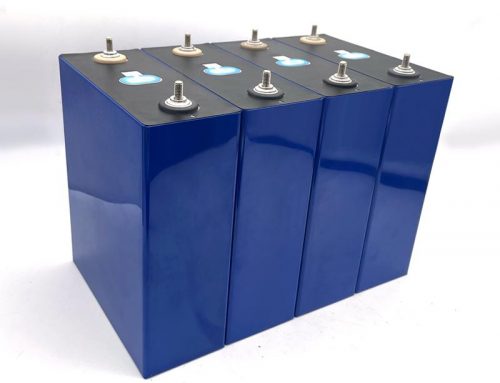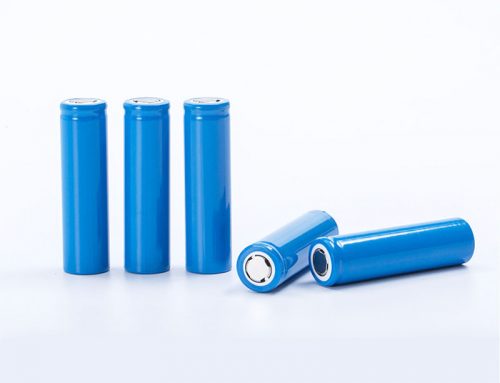Electrochemical testing in half coin cells reveals that high-molecular weight polyacrylic acid addition is able to modify the pH and provide adequate binding to the current collector to permit aqueous processing of NCA.
Enabling aqueous processing for lithium-ion battery cathodes is essential as solvents like N-methyl-2-pyrrolidone (NMP) are expensive, hazardous, and being phased out of usage around the world. Using water as a solvent can reduce electrode manufacturing cost and environmental impact, but it presents unique challenges for cathodes such as Li and transition metal dissolution from the active material and current collector corrosion. In this study, the suitability of aqueous processing for five cathode active materials is evaluated: LiCoO2 (LCO), LiFePO4 (LFP), LiMn2O4 (LMO), LiNi0.80Co0.15Al0.05O2 (NCA), and LiNi0.5Mn0.3Co0.2O2 (NMC532). After three days of water exposure, NCA and NMC532 exhibit significantly greater pH values (11.5–12.5) than the Ni-free materials (9.0–10.5), though all pH values suggest corrosion of the Al substrate would occur. Surface compositions change to various extent while little change is observed in the crystal structures. The transition metal dissolution in water and electrolyte is relatively low for all materials, though the Li dissolution in water is high for NCA (~0.1 mg mL−1). Electrochemical testing in half coin cells reveals that high-molecular weight polyacrylic acid addition is able to modify the pH and provide adequate binding to the current collector to permit aqueous processing of NCA.
For more details, please visit the page below,
Lithium and transition metal dissolution due to aqueous processing in lithium-ion battery cathode active materials☆
Highlights
- Corrosion of Al current collector is predicted for all five active materials tested.
- Interactions between active materials and water are limited to the surface.
- Compared to Li, transition metal dissolution is benign.
- pH needed to be modified to fabricate aqueous-processed NCA cathode.
- Aqueous processing of NCA is achievable through addition of high-MW PAA.

